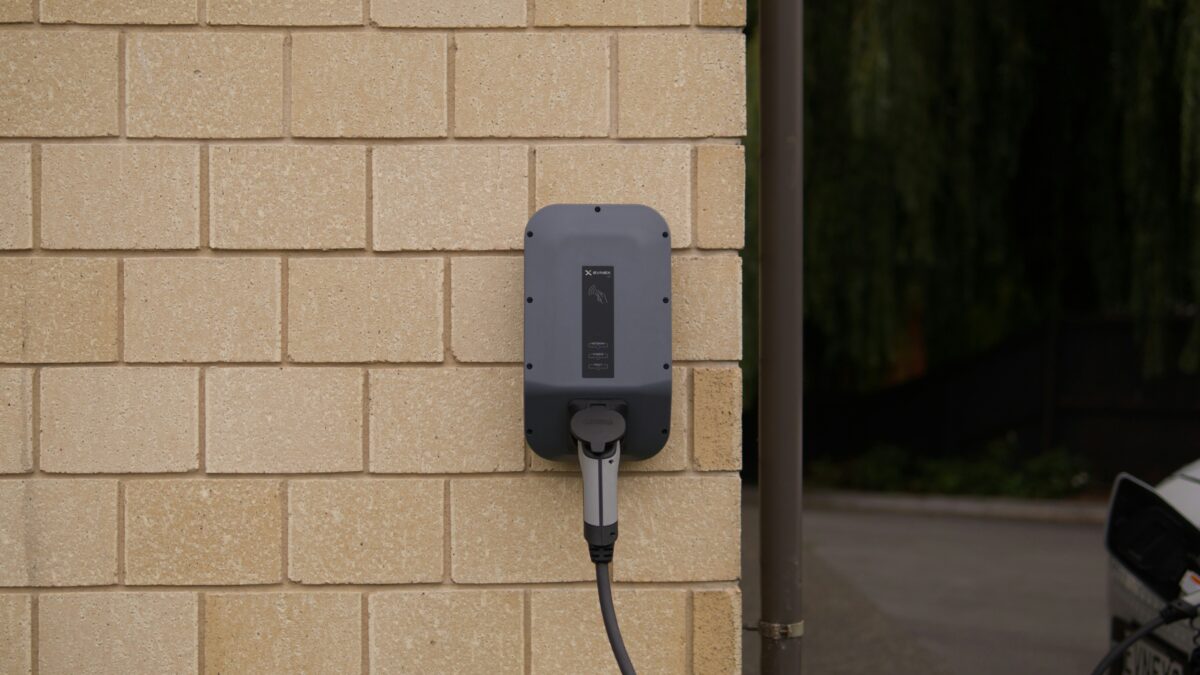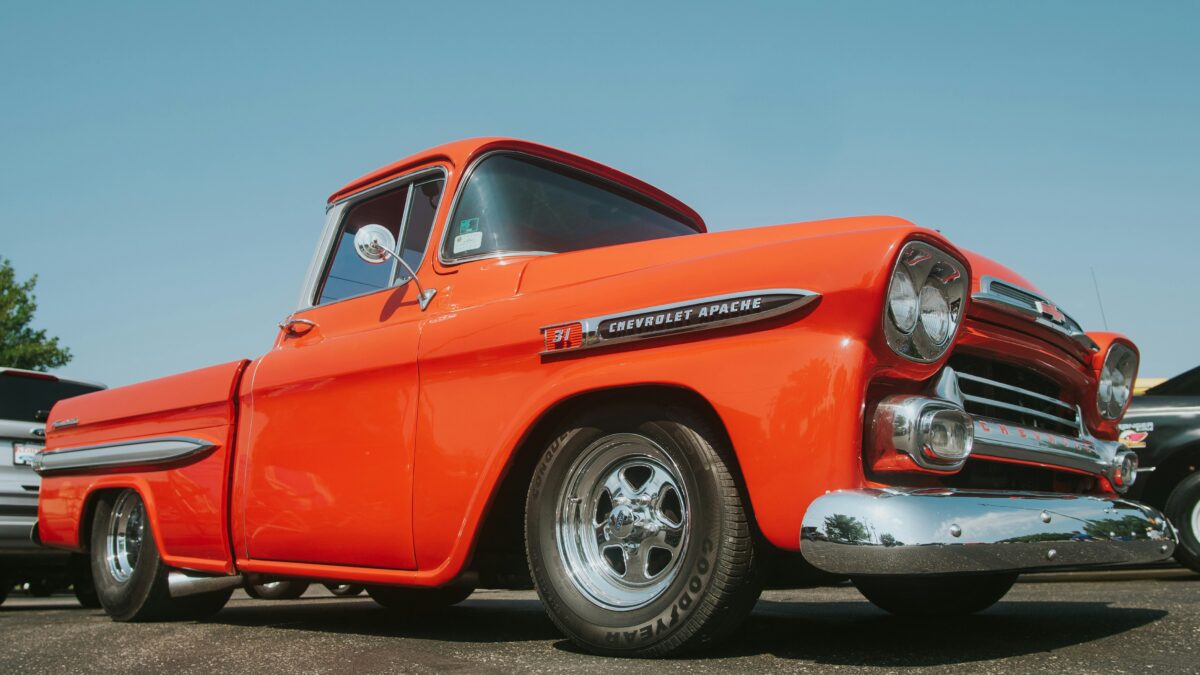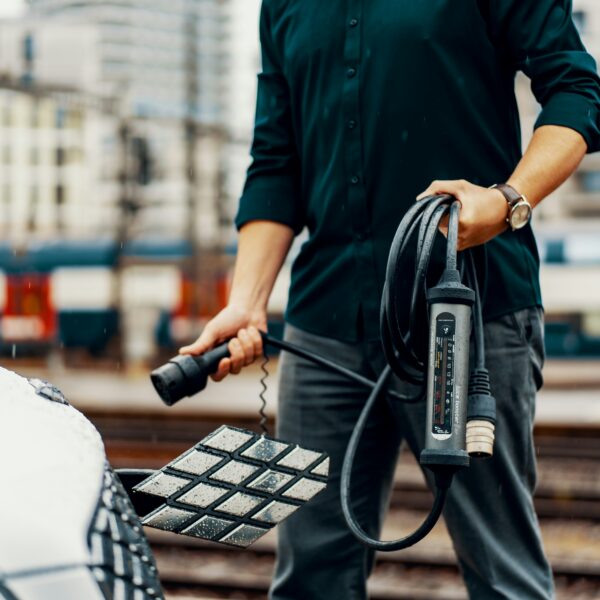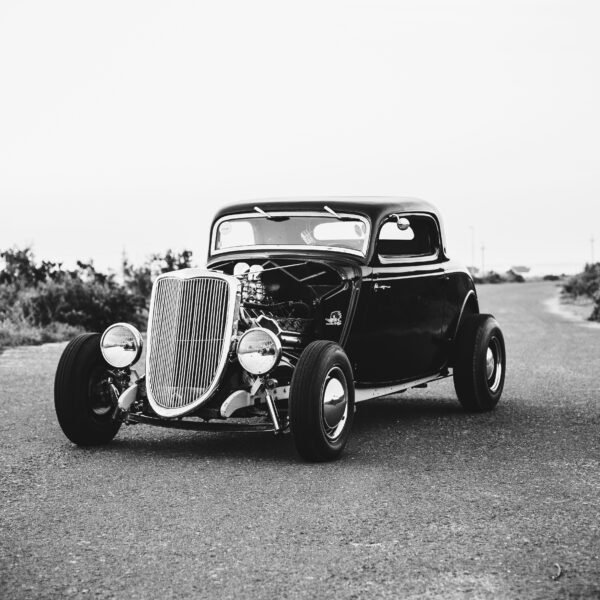Tips for Taking On Your First DIY Automotive Repair
Tackling your first DIY automotive repair can be a rewarding and cost-effective experience. However, it’s important to approach the process with caution and the right mindset. There’s a good chance you could run into a hiccup or two along the way, and even still, you might not have enough knowledge or expertise to get the job done right. If you’ve been considering a DIY task, take a few minutes to read these tips and ensure you’re readily prepared!
Types of DIY automotive repairs:
- Routine maintenance: DIY tasks like oil changes, air filter replacements, battery replacements, and tire rotations are common maintenance tasks that many car owners handle themselves.
- Basic repairs: Some basic repairs that you can attempt include replacing spark plugs, brake pads, headlights, fuses, and wiper blades.
- Fluid replacements: DIYers often tackle tasks like coolant flushes, transmission fluid changes, and brake fluid bleeding.
- Electrical repairs: Troubleshooting and fixing minor electrical issues such as a malfunctioning power window or a faulty radio can be within reach for DIY enthusiasts.
- Suspension and brake repairs: Replacing worn-out shocks, struts, or brake rotors and pads are more advanced DIY repairs but can be accomplished with proper research and guidance.
Tip before getting started: Be realistic about your skill level and the complexity of the repair. It’s okay to get guidance or seek professional assistance when necessary.
 Here are some tips to help you get started:
Here are some tips to help you get started:
Research and gather information
Begin by researching the specific repair you need to make. Look for online tutorials, repair manuals, or guides related to your vehicle’s make and model. Understand the tools and materials required and familiarize yourself with the steps involved.
Start with simple repairs
As a beginner, it’s best to start with small and manageable repairs. Changing the oil, replacing air filters, or swapping out spark plugs are good starting points. These tasks usually have straightforward procedures and require basic tools.
Have the right tools
Invest in a basic set of automotive tools if you plan on doing regular repairs. Some essential tools include a socket set, wrenches, pliers, screwdrivers, and a torque wrench. Having the right tools will make the job easier and more efficient.
Ensure safety
Before you start any repair, prioritize safety. Make sure the vehicle is parked on a level surface and use wheel chocks to prevent any accidental movement. Wear safety glasses and gloves, and avoid loose-fitting clothing that can get caught in machinery. If you’re working under the vehicle, use jack stands to provide additional support.
Take your time
DIY repairs require patience and attention to detail. Rushing through the process can lead to mistakes or further damage. Read the instructions carefully, follow the steps sequentially, and double-check your work as you go along. Take breaks if needed to maintain focus and avoid frustration.
Keep your workspace organized
A clean and organized workspace will make your repair easier and more efficient. Keep your tools neatly arranged and easily accessible. Use trays or containers to keep small parts organized and prevent them from rolling away.
Don’t hesitate to ask for help
If you encounter difficulties or feel uncertain about a particular step, don’t hesitate to seek guidance. Reach out to experienced DIYers in online forums or seek advice from friends or family members who have automotive repair experience. Sometimes, a second opinion or some expert advice can make a significant difference.
Document your work
Take pictures or make notes during your first DIY automotive repair process. This documentation can be helpful if you need to refer back to it in the future or if you encounter any issues. It can also be useful when seeking assistance from others.
Test your repair
Once you have completed the repair, take the vehicle for a test drive or perform a functionality check to ensure everything is working as intended. Address any issues that arise promptly to prevent further complications.
Last suggestion for your first DIY automotive repair
Remember, not all repairs are suitable for DIY. If you encounter a complex or potentially dangerous problem, it’s best to consult a professional mechanic right away. This will prevent you causing any further damage to your vehicle.

















“There’s a good chance you could run into a hiccup or two along the way“
Every DIY project I do around the house requires a minimum of two trips to Home Depot, my average was 3 per project last year, so I’m making progress